Endura Pro SL 3-Season Jacket review - for temperature regulation-weenies everywhere
An incredibly versatile jacket that significantly undercuts the competition on price

Although the Endura Pro SL 3-Season Jacket might look a little over-engineered with its wide array of zips, these combine to provide unrivalled levels of ventilation in a winter jacket and - far from being a faff - proved quite straightforward in use. Thanks to the removable inner gilet / vest, the Endura Pro SL 3-Season Jacket can be used in temperatures down to 3°C / 37°F without a baselayer and the price is extremely competitive against the likes of Castelli, Assos and Rapha. There are a couple of niggles regarding the pockets and the main zip, but this pales in comparison with the overall standout performance of this jacket.
-
+
Unrivalled ventilation
-
+
Super warm - and detachable - inner vest
-
+
Huge temperature range
-
+
Highly water-resistant weatherproof construction
-
+
Reflective detailing
-
+
Very competitive price for a top-end jacket
-
-
Tapered rear pockets are a little small
-
-
Front zip isn’t two-way (unlike the vent zips)
- -
You can trust Cycling Weekly.

The descriptively (if not imaginatively) named 3-Season Jacket sits at the pinnacle of Endura’s winter clothing range, benefiting from top-end fabrics and all the construction-wizardry the Scottish brand can throw at it.
Although the Endura Pro SL 3-Season Jacket does still rank highly for warmth, the real party-piece is the breathability and its capacity to quickly dump heat when working hard - and then just as quickly seal everything back up for cooler and less intense periods. Endura’s 3-season offering boasts versatility not often seen across many of even the best winter cycling jackets.
Endura Pro SL 3-Season Jacket: construction
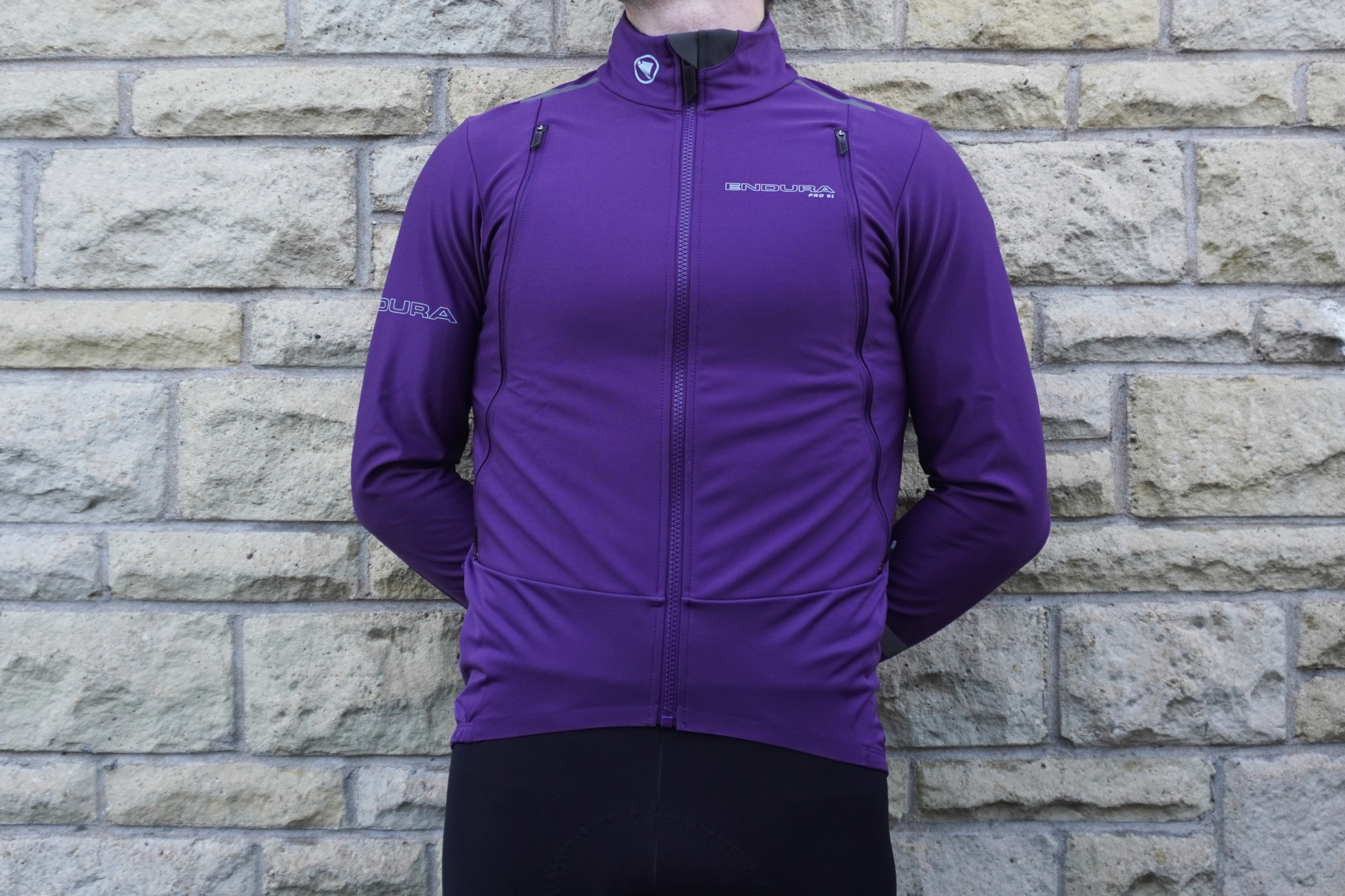
The Endura Pro SL 3-Season Jacket employs quite a different construction to most winter jackets. In terms of the fabric of the outer shell, things are quite similar to the norm, with a breathable and weatherproof fabric backed by a warm fleecy material on the arms and front of the chest.
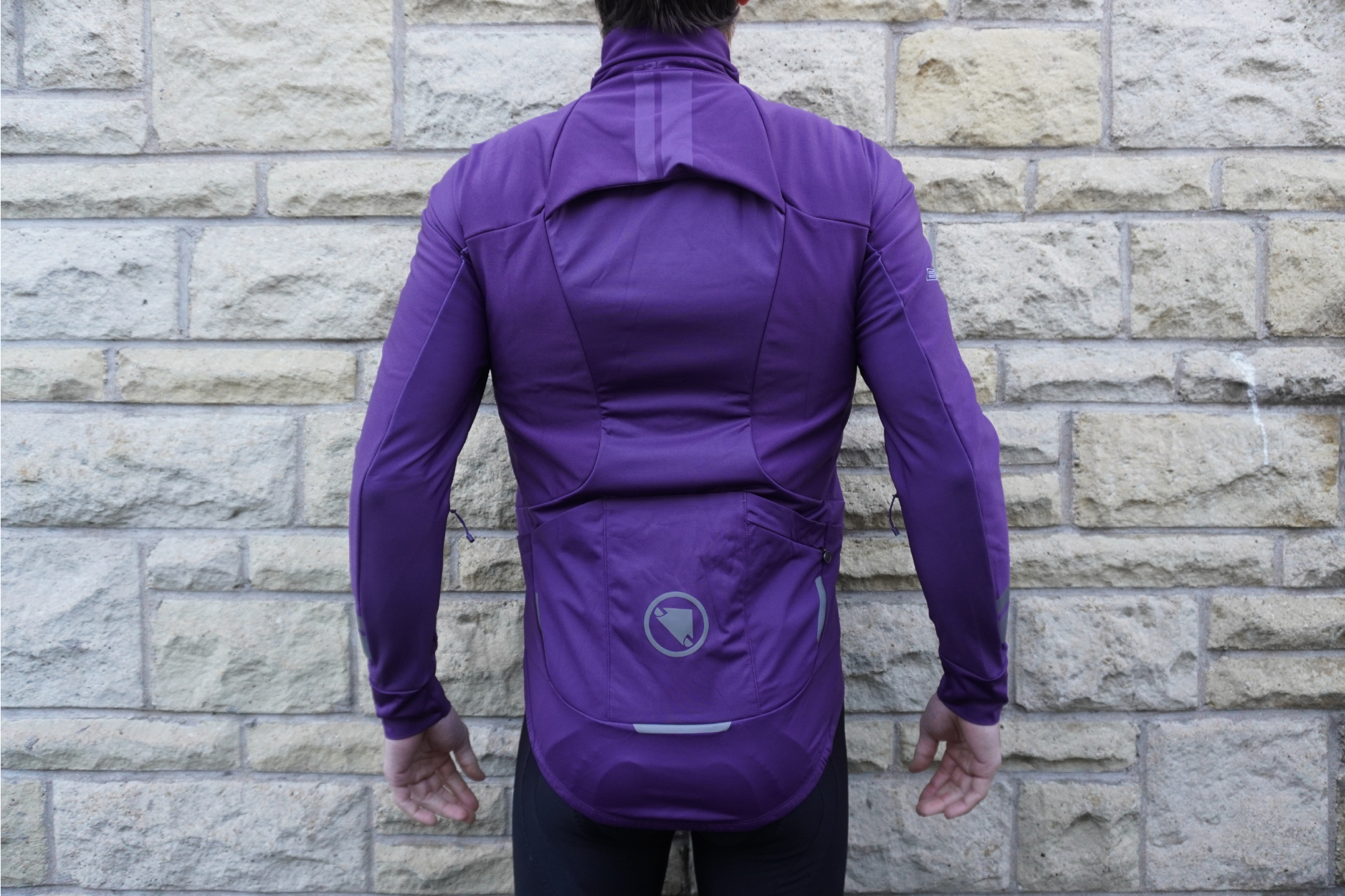
Around the back, this turns to a mesh material for improved breathability, with a vent located just below the base of the neck. It’s worth pointing out that, whilst Endura describes the front-facing fabrics as ‘waterproof’, the seams aren’t taped and the rear facing fabrics on the arms are made from a thinner, stretchier and more breathable fabric. You should still think of this jacket as a (robust) softshell, rather than an alternative to an insulated hardshell.
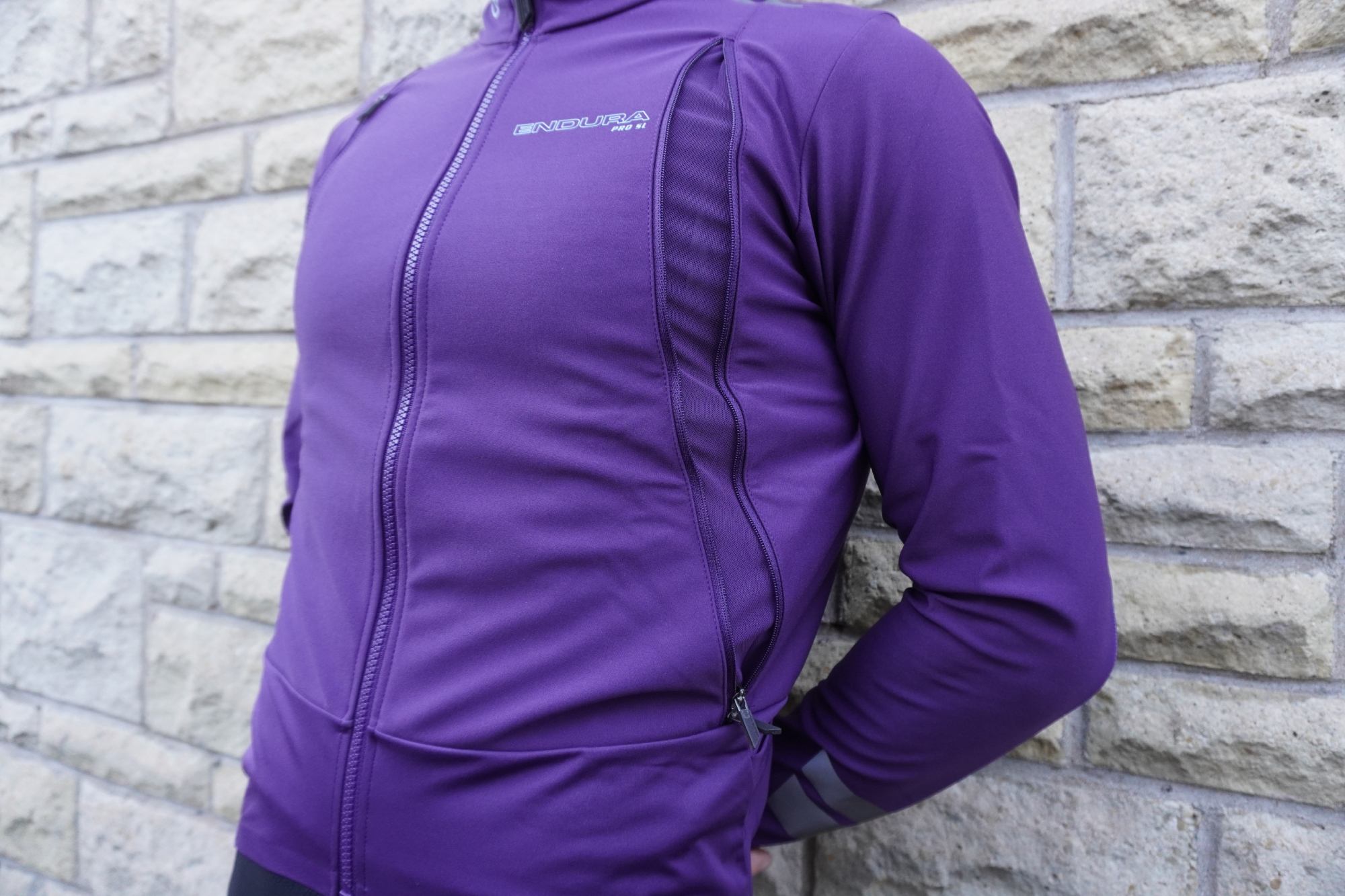
But so far, so usual. The differences between this jacket and most others on the market begin with the many (many) vents. There was already that one vent at the base of the neck, but there’s also two long zippers at the front of the chest that, when undone, open to reveal a thin mesh a couple of centimetres across that will allow a hit of cool air into the jacket when riding along.
It doesn’t stop there, though. On the forearms you have another set of zips that can likewise be undone to open up to a mesh panel.
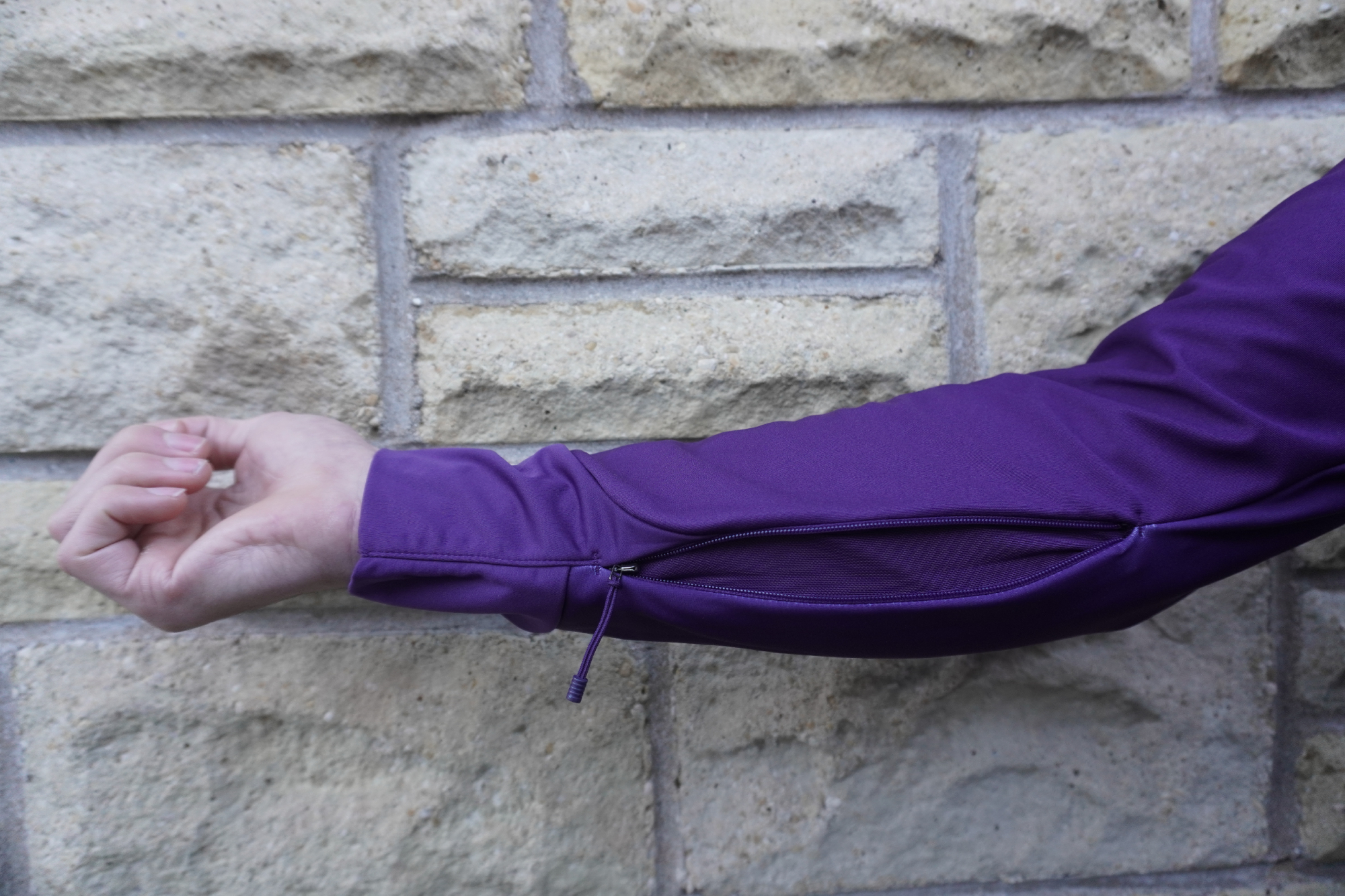
Then, inside the jacket, there is a Primaloft vest poppered to the collar of the jacket. This incorporates incredibly warm, lightweight insulation centred around your front and sides, with mesh panels around the back for yet more breathability.
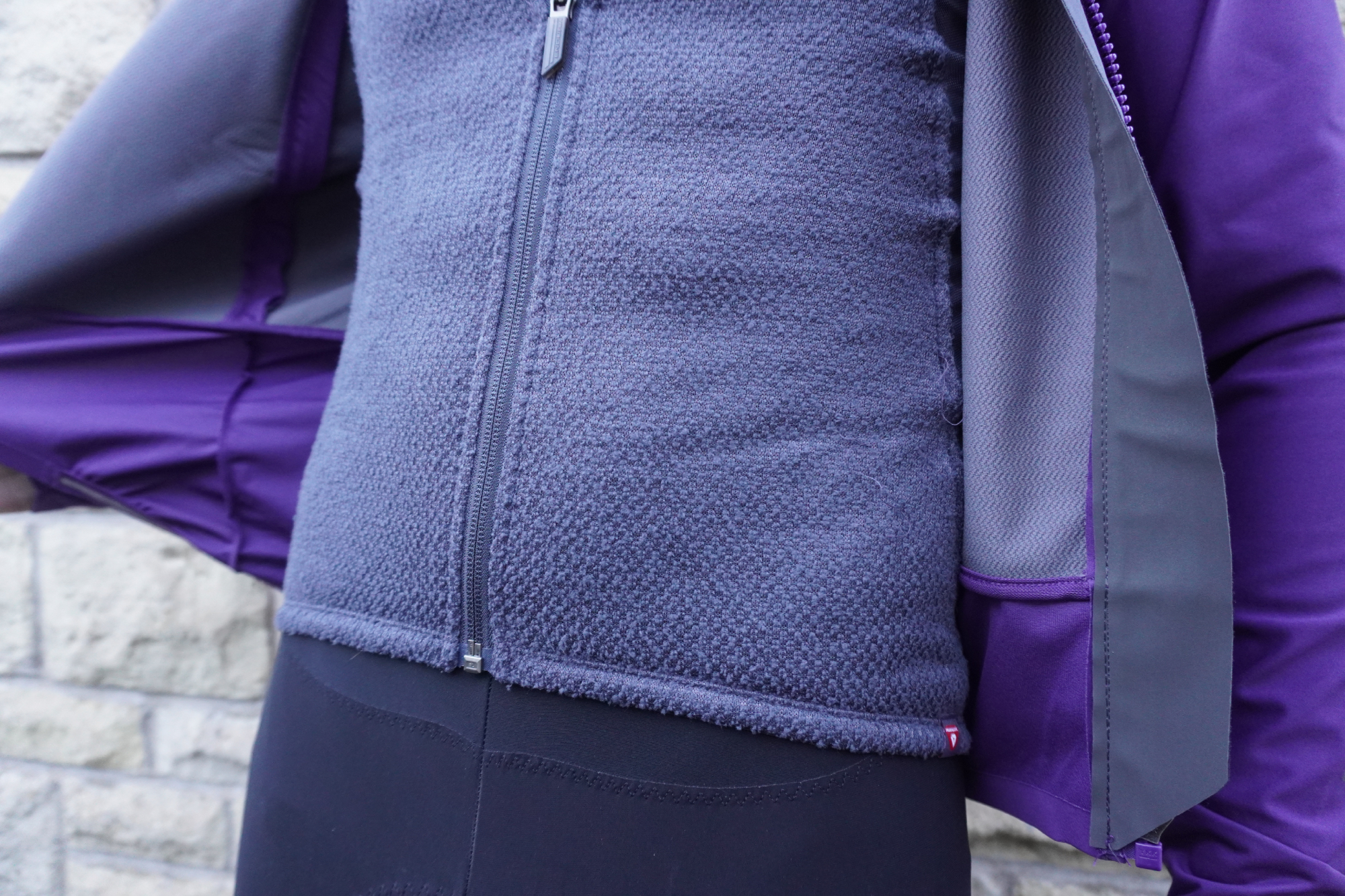
This vest can be zipped and unzipped independently of the outershell and can even be fully removed should that level of insulation be surplus to the day’s requirements.
Coming again now to the more standard elements of the construction, there are reflective details on the front, rear and sleeves of the jacket, along with a total of six rear pockets. The middle pocket is slightly larger to better accommodate a rainshell or extra layer, and is flanked by two smaller pockets which taper towards the bottom.
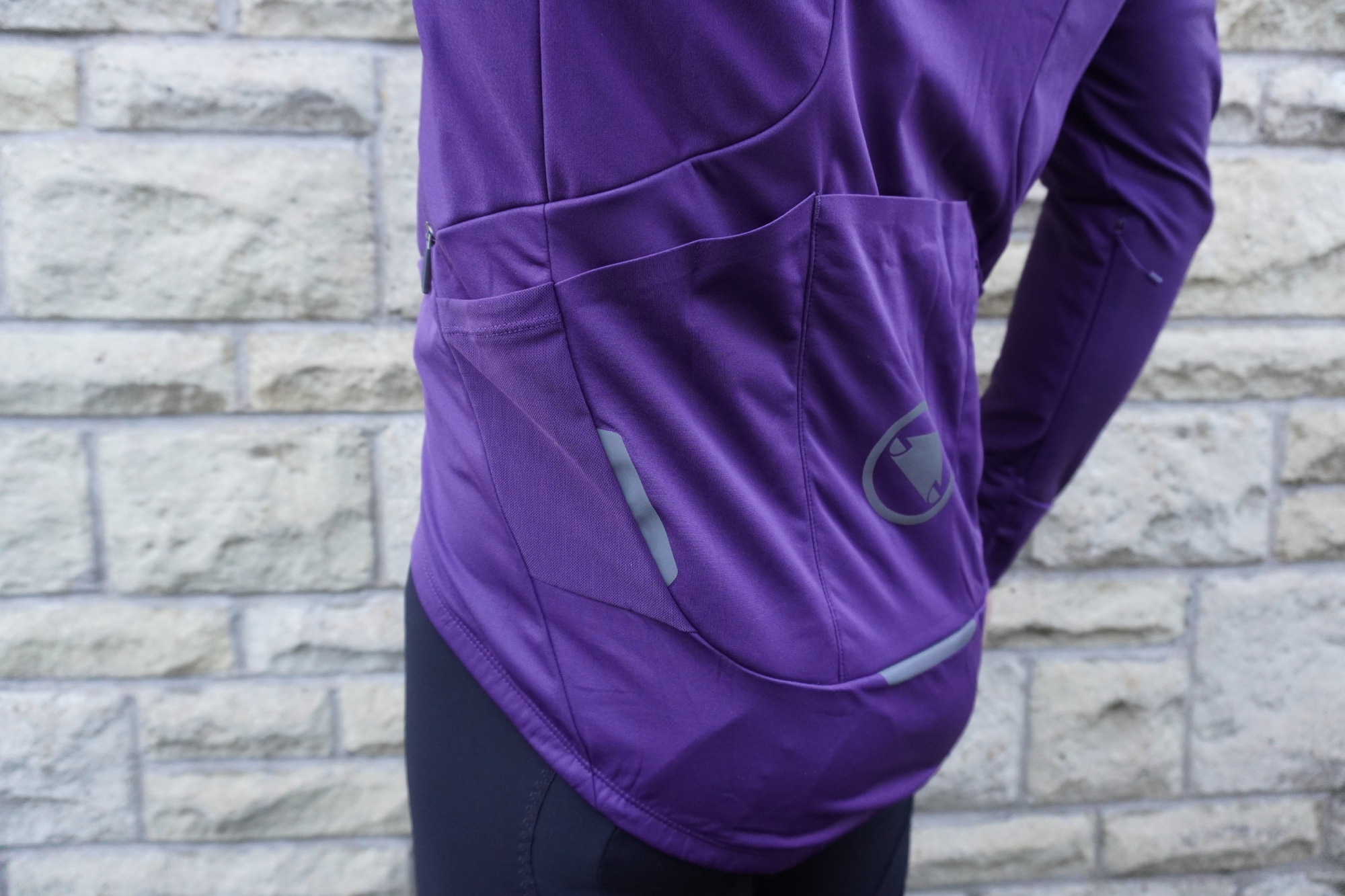
Those tapered pockets are themselves flanked by an again smaller set of mesh pockets, which are best used for storing used wrappers and the like. Finally, there is a zipped compartment on the right-hand non-mesh flanking pocket. This isn’t large enough for a fairly standard smartphone, but it is more than enough for house keys and a wallet. There aren’t any storm flaps or anything else though to help keep the contents of your pockets dry.
Endura Pro SL 3-Season Jacket: the ride
I wasn’t quite sure what I’d make of the jacket when I started my first ride wearing it. I was worried that having so much choice regarding the ventilation would see me enter a never-ending spiral of constant adjustments. Sometimes it is nicer when things are kept simple - even if it does mean you’re unlikely to have your setup ‘just-so’.
But I was pleasantly surprised to find that the various vents didn’t become a distraction. Quite the opposite, I’d rather many more brands took up the idea themselves.
Now, I didn’t actually find myself using the arm zippers that much. For the most part the front-facing chest zippers were perfectly sufficient and were what I used for most of my temperature regulation. But on the occasions that the sun did make an appearance on long climbs and the like, I was very thankful for the ability to open up those zippers and dispense with as much heat as possible. They were essentially performing the role of a ‘safety valve’, not a bit less important for it.
But the main star of the show were the two zippers on either side of the chest. These could make a huge difference to how warm I felt - yet without the annoying flapping that comes from undoing the main zip of the jersey.
With these zips also being two-way, I could unzip from the bottom, which was a much nicer experience. When the rain is drizzling in, it doesn’t make much sense to ventilate from the top, thereby catching the rain as it comes in and letting it permeate down your torso. With the two-way zip, I stayed dryer whilst maintaining a nicely balanced temperature - perfect.
The inner (detachable) gilet / vest was really very impressive itself. Using the lofty, fluffy Primaloft Evolve fabric, was warmer, more breathable and lighter than alternatives which rely on fleece or wool for their insulating properties. Polartec, another giant of insulating fabrics, has a very similar material and ever more garments are being created that make use of this tech - which is something I’m personally very thankful for.
With that toasty warm inner gilet / vest, I was happy in temperatures down to 3°C / 37°F, but lower than that my arms would start getting too cold (the sleeves only have quite a dense fleece for their insulation).
Sure, a long-sleeved baselayer would have extended the temperature range lower still, but it is worth noting that the Assos Mille GT Ultraz Winter Jacket Evo could go down to -2°C / 28°F without any baselayer at all. But then what the Endura jacket loses in the very coldest weather, it makes up for in milder temperatures - it can be ridden in a much greater range of temperatures than alternatives which are designed for the very coldest days.
There are two niggles to the Endura 3-Season Jacket, though. The first regards the tapered pockets. I’d much rather have the full capacity of a standard set of three rear pockets, rather than sacrificing some of this for an additional set of mesh ones. Either that, or just have the mesh pockets extend a little further around the side - either would be fine if it gave more space for the standard three.
The second regards the front zip. Although the Endura jacket has all these vents, it would also be nice to be able to unzip the jacket from the bottom on days when you really have totally misjudged the weather. All the other zips do encourage you to use the jacket in warmer conditions than you typically would, so it would be nice to have that bail-out option.
Of course, you can still unzip from the top, but that’s not ideal in two ways. Either you keep the zip done up at the bottom, with the jacket doing its best impression of a parachute, or you unzip it all the way and have the jacket flap around like a cape. Two zips and unzipping from the bottom is a feature more jackets are coming with and allow much better venting at the extremes.
Endura Pro SL 3-Season Jacket: value
This is where the Endura Pro SL 3-Season Jacket really shines. Coming in at $299.99 / £199.99, it is significantly cheaper than the Castelli Alpha RoS 2, which retails for $389.99 / £320.00.
Both jackets feature a softshell construction, with the Endura model using heavier duty fabrics but not taping the seams whereas Castelli uses more breathable and less waterproof fabrics but does tape the seams. Neither jacket is fully waterproof, but the Endura Pro SL 3-Season Jacket manages to be both more breathable (largely thanks to the zips) and warmer (thanks to the Primaloft vest as opposed to the fleecy Alpha insulation that Castelli uses). The Endura jacket is yet more versatile in that the vest is removable whilst the Castelli one isn’t.
When it comes to ultimate warmth, though, the Endura Pro SL 3-Season Jacket ($299.99 / £199.99) does lose out to the Assos Mille GT Ultraz Winter Jacket Evo ($369.00 / £290.00) - which really packs the ultimate warmth. On the other hand, the Endura jacket can cope with much warmer temperatures, making it more versatile and ultimately more wearable. Plus with the price difference, you could also buy a long sleeved merino baselayer and close the gap on the coldest days that way.
Finally, Rapha produces the Pro Team Long Sleeve Gore-Tex Infinium which is very similar to the Castelli Gabba (now Castelli Perfetto RoS). This uses the same Gore-Tex Infinium fabric as the Alpha RoS 2 employs, being more breathable and employing sealed seams - in contrast to the Endura Pro SL 3-Season Jacket - but misses out on the extra insulation and the zipped vents. Potentially you could pair this with a baselayer to get a similar range of use to the Endura Pro SL 3-Season Jacket, but that combination would cost more and you would miss out on the vents - which do make a big difference.
Endura Pro SL 3-Season Jacket: conclusion
The Endura Pro SL 3-Season Jacket might look a little bit over engineered with its profusion of zips, but in use the venting system is actually quite straightforward and doesn’t at all feel like a faff. The result is a jacket that can be used in a huge range of temperatures and is easily adaptable mid-ride.
The extremely warm, lightweight and breathable inner vest (which can be removed) is an excellent extra bonus, helping to greatly extend the temperature range that the jacket can comfortably be ridden in. Not only is the versatility great, the price is too, undercutting the competition by a significant margin and outcompeting many top-end models in a range of metrics.
Unfortunately, there are a few niggles, with the tapered pockets slightly reducing the amount of things that can be stuffed in on your rides. And it’s a shame the front zipper is only one-way - the ventilation would be completely unrivalled if a two-way zipper was used as on some of the vents.

Thank you for reading 20 articles this month* Join now for unlimited access
Enjoy your first month for just £1 / $1 / €1
*Read 5 free articles per month without a subscription

Join now for unlimited access
Try first month for just £1 / $1 / €1
Get The Leadout Newsletter
The latest race content, interviews, features, reviews and expert buying guides, direct to your inbox!

After winning the 2019 National Single-Speed Cross-Country Mountain Biking Championships and claiming the plushie unicorn (true story), Stefan swapped the flat-bars for drop-bars and has never looked back.
Since then, he’s earnt his 2ⁿᵈ cat racing licence in his first season racing as a third, completed the South Downs Double in under 20 hours and Everested in under 12.
But his favourite rides are multiday bikepacking trips, with all the huge amount of cycling tech and long days spent exploring new roads and trails - as well as histories and cultures. Most recently, he’s spent two weeks riding from Budapest into the mountains of Slovakia.
Height: 177cm
Weight: 67–69kg
-
 How I got my non-cyclist friend hooked on riding bikes — and how you can, too
How I got my non-cyclist friend hooked on riding bikes — and how you can, tooWith a little bit of gentle guidance, “bikes aren’t my thing” can turn into “when’s our next ride?”
By Marley Blonsky Published
-
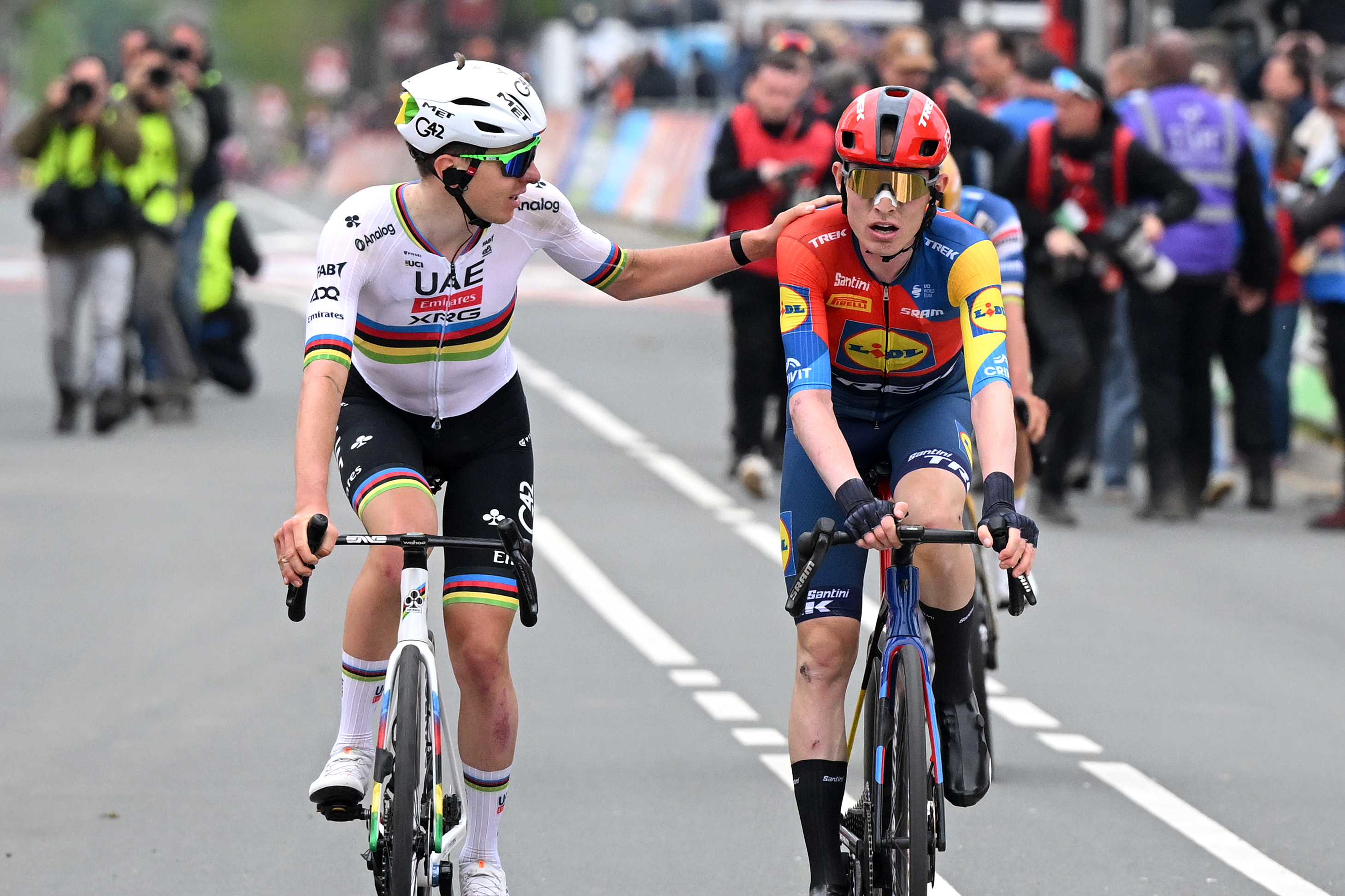 'The line was 5 metres too far' - Tadej Pogačar reacts to Amstel Gold Race second place
'The line was 5 metres too far' - Tadej Pogačar reacts to Amstel Gold Race second placeWorld champion reeled back and beaten in sprint by Lidl-Trek's Mattias Skjelmose
By Tom Davidson Published
-
 'I was riding for the podium' - Mattias Skjelmose pulls off shock Amstel Gold Race win after reeling back Tadej Pogačar attack
'I was riding for the podium' - Mattias Skjelmose pulls off shock Amstel Gold Race win after reeling back Tadej Pogačar attackDane worked with Remco Evenepoel to set up stunning three-way finale
By Tom Davidson Published